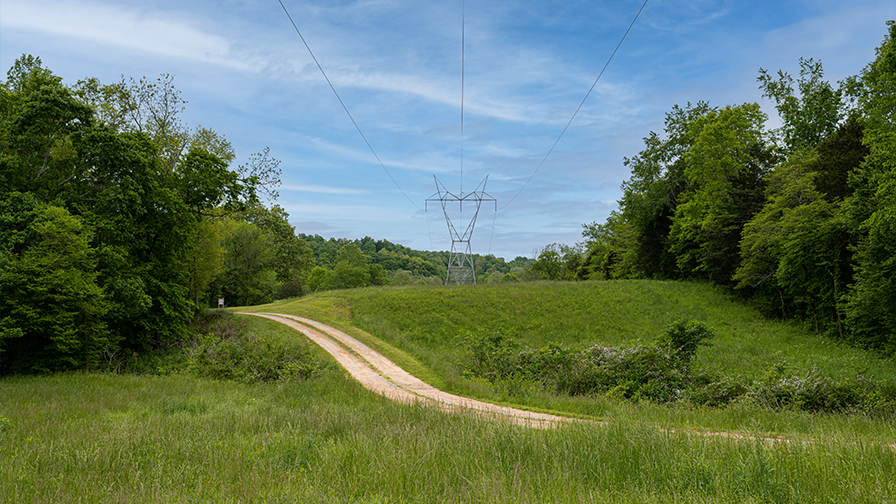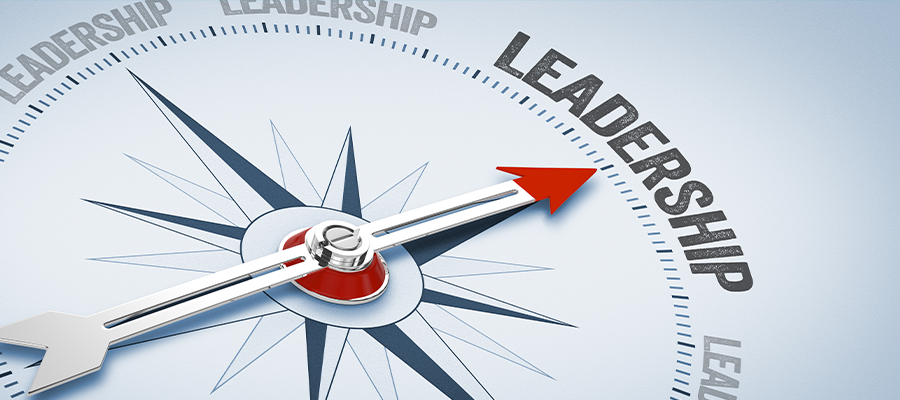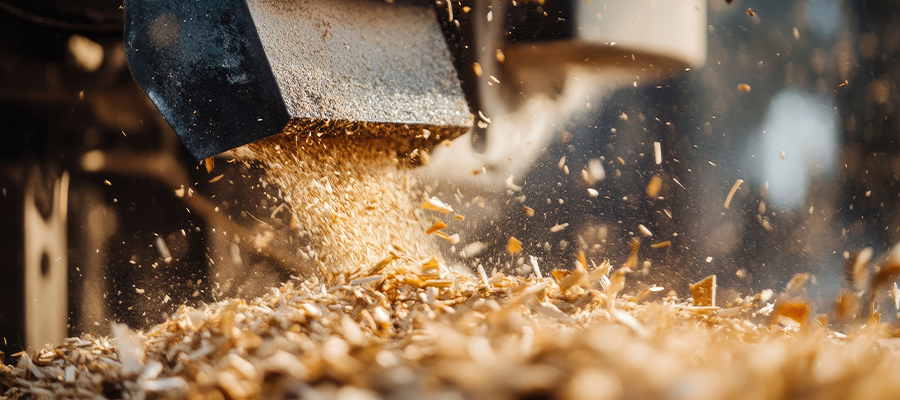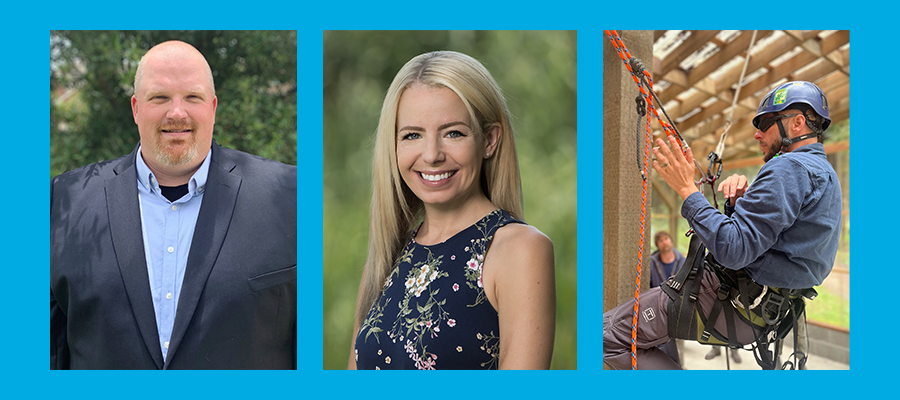- Vegetation Management Services
- In Your Neighborhood
- About
- Careers
- Webinars
- Articles
Safety and Safe Mindsets in Utility Rights-of-Way

Safety and Safe Mindsets in Utility Rights-of-Way
By Anand Persad, Ph.D., Director of Research, Science, and Innovation, ACRT Services
Business Cycles and Metrics
Our utility ROWs today are representative of our changing industry as we navigate growing populations and urbanization, climate resiliency efforts, and recognize environmental and social governance objectives. As we strive to improve efficiency amidst growth and differentiation, our creativity will play an increasingly important role. In that light, one aspect of our work in ROW systems management that will benefit from innovation is that of safety targets and metrics. Consider our safety products and measuring safety success as a simple pendulum; today as we strive for more, the swings seem to have shorter and shorter oscillations-add to this the human factor and the mindset for embracing safety. In these shorter cycles, we will have to get better at offsetting the heightened effects of and potential for more distractions. In practical terms, we need to be safer.
Safety and the Individual
We are all different. My friend, Dr. Fedo Marcello of the Brain Institute at the University of Florida, reviewed this article and the pendulum analogy at my request He commented, “We have faster movement between cognizant thinking or making correct choices and emotional states where we are more prone to distractions.” Being safer means we as individuals need to cultivate a mindset that reverts quickly to our cognizant mental state whenever we are distracted. This is not the same for everyone Our individuality is shaped by our culture, our interaction with our friends and family, life experiences, and formal training. Often baked into our approach to safety is “the triad”: a mix of our own personal safety, psychological safety, and environmental safety. (Today, this rightfully includes our cyber surroundings.)
Psychological Safety and Training
Safety trainers and employees alike appreciate the individuality of this triad, which for a successful outcome embraces our varying experiences and transfers to safety for all. Several researchers have found that our own psychological safety drives our ability to effectively transfer and share safety information, experiences, and knowledge to others. This is especially disruptive if the trainer lacks confidence. Researchers found that inculcating a high sense of emotional safety makes employees feel more comfortable and able to exchange information and knowledge. Fostering a sense of psychological safety is particularly important if the employee lacks confidence or may be in unfamiliar or changing surroundings.
Is Safety a Choice? The Linearity of Teams
As we choose safe work practices, no two situations are the same. So mechanisms need to be built out further by individuals, extending themselves to better adapt safe practices to each situation at hand. Teams are supposed to work flawlessly, and they strive to achieve this with the sum effect of safety for all. In linear models, behavior within crews is variable and, by extension, so are safety concerns does the entire team share tolerance to risk, and to what degree?
Team Risk and the Cherry Tree Fiasco
I am often reminiscent of an incident at my high school. I was one of several lads simultaneously climbing a cherry tree, ascending to a regular lofty spot. But one day we had more climbers than normal, and as that branch broke (my introduction to tree biomechanics), we all ate healthy mouthfuls of warm Caribbean earth. That day we all shared interpersonal risk, but in the teamwork that day we also shared psychological safety, but a false sense of security. Our lack of recognition of risk led to tolerance to risk and ultimately made it an unsafe day. In 1999, Dr. Amy Edmondson from Harvard University described psychological safety in simple terms: If you can take risks without your team beating you up, you’ll be more likely to succeed. Are we following suit and encouraging this further along than we should in our business-driven environments?
As we Pivot, are we Tolerating Risk? Can Recognition of Consequences Help?
Are we tolerating risk as we train our teams to be better at managing risk? As we practice safety as a culture, and add incentives similar to those offered when rewarding production goals with the intention to steer away from risktaking, is it working? These are relevant questions we need to also be asking. “Can we ably and with reliability” inculcate safe work practices to teams that are trained to function linearly? In safety, everyone should lead. But do our teams’ structure and the spherical need align well with safety rules and the ability to recognize risk? There is a clear need to move more towards safety balance and equity within the team. One concept that helps in this regard may very well be a baked-in “recognition of consequence” (ROC), that may cross individual barriers. In our cherry tree fiasco, if we had this ROC and implemented it as a team, we may have had a safer outcome.
UAA Research and Safety: Generation Z and ROC
Safety training evolves as generations change. Today’s incoming workforce. the Gen Z group, is technologically savvy, transparent, and vocal. The spherical model of ROC in safety is a good fit, since for most of Gen Z it is all about equality and equity. Positive mindsets coupled with vibrant communication and newer platforms may help several interactive tools that may go beyond entertainment value, including 30-second TikTok videos YouTube, and lnstagram posts, may have added value to bridge communication gaps and reach inquiring minds that are already using these platforms. Generation Z-ers are also known to embrace sexual diversity, a potential dovetail into our more positive mindsets and safer initiatives.
Safety and Industry Narratives on Diversity
At our regular UAA research meetings, we start with a safety talk given by a volunteer. Topics are timely (e.g., ticks in spring and summer, safe driving in wintry conditions, exercise extra vigilance as school reopens) These sessions, though brief, afford for group experiences and narratives to be exchanged at the personal level.
Over the years, I have wondered about the diversity of selected topics based on the sex of the speaker at these sessions. After examining topics gleaned from 182 industry sessions and analyzing them versus the sex of the speaker, along with core focus, new perspectives came to light. The data in this preliminary overview revealed a leaning towards “self-preservation or making yourself safer” from women, and a “group-leaning” focus from men-when speakers are given free choice of the topic. For example, women may talk more about the safety of the team in an unsafe environment, and men may talk about making the environment safe. Both perspectives are important. For our industry, however, can a safer, diverse work environment emanate from both self-preservation and making the site choices safer for all?
Is there messaging for the working, producing world? Can having teams of mixed sexes lead us to a safer work environment and bring the context of individual safety and team safety more intertwined?
Recognition of Consequences and Sexes
Is there a place too for ROC? In our cherry tree fiasco, since it was an all-male group (given that it was an all-male school), we focused on competing to get on the branch. I can’t help but think that our focus that day was neither on self-preservation nor making our environment safer. Our ROC was limited, we risked that the branch would support our combined weight, and failed to understand what would happen if it broke. By contrast, a year later at college, with a mixed group of sexes, some of our cherry tree climbers recounted the narrative-it received mixed reviews ranging from “not smart at all” to what “trouble” we got in. But this mixed-sex group was the first discussion of consequence that I could recall. Back then, in a singular-sex group, we focused on denial and evasion of the incident altogether (neither worked … but that’s another article).
A Safe Mindset Is a Safe Day
I believe we can lend more focus to continue building ROC into mainstream safety ideology. The words of current UAA Executive Director Dennis Fallon resonate well with me, as “Make it a safe day” — his theme quip-never fails to give me a personal check and gut reaction. One cannot help but think of the consequences if the day becomes unsafe.
As this body of work continues as we develop safety practices-our mental states and physical health and abilities will continue to play a forefront role-so too will our humanness and successes be better guided by business ideals that focus on behavior.
OUR TIME TO SHARE
I invited some workers in our space to have a chat with me on the topic. Here are some feedback comments as this body of work continues, and as we delve further into mental health, emotional intelligence, neurodiversity, and other opportunities to explore our safety and safer work environments.
Dr. Phil Charlton (lapetus, Former UAA Executive Director): “We must address things differently, Safety training now is not the same as the past. We need to innovate our safety as technology advances.”
Randy Miller (CNUC); “The essential mindset for safety to me is to accept the reality that we are fallible as humans. On average, we make five mistakes an hour, and under stressful circumstances. the rate more than doubles. With that understanding, we need to create a culture of positive accountability that inspires everyone to be alert for errors that can result in unsafe acts and conditions, bring them up, and correct them as they occur. Positive accountability means we have the strength of character to hold ourselves accountable, to welcome accountability from 360 degrees around us (from our peers, subordinates, and superiors), and to enthusiastically contribute to a 360-degree culture of safety accountability. I think that mindset is indispensable for a sustainably safe workplace.”
Dave Bienemann (Urban and Utility Forester, City of Hamilton, Ohio): “Safety means, to me, a way of life. Each day you drive to work, you are in safety mode. Once at work, you must be aware of your surroundings at all times. Our electric department line crews and contracted trees crews in Hamilton, Ohio, are working in close proximity to highvoltage powerlines daily. We have our PPE on as we are inspecting the crews for safe working conditions during the week. You finish the day by driving home safely.”
Kathryn Harper (Certified Arborist, SavATree): “Safety for me is to keep the crews safe, follow all procedures, and take care of each other. Make sure everyone makes it home at the end of the day.”
Susan Rossbach (Brains 4 Drones): “We need to invest in technology that will help us work safer.”
Stan Vera-Art (Creative Catalyst-Grow With Trees): “Our commitment and work towards safety is never done, but the success we have seen in building a robust safety culture in the utility industry sets a great example for what is possible with the emerging culture around environmental stewardship.”
Ray Henning (Retired): “Over my career, I found that four fatalities that occurred, which I am familiar with, have stayed with me; the people involved were not who I would regard as careless or unsafe. Additionally, because of the simple, everyday situations in which it occurred, I often wonder and will continue to wonder what the mindsets of those individuals were at the time of the incident.”
This article was originally published in the 2023 May/June UAA Newsline.
Related Articles

By C. Troy Ross, President, ACRT and ACRT Pacific On a chilly Monday morning, a utility vegetation management crew gathers for their weekly briefing. Instead of launching into instructions, their supervisor begins by asking each team member how they’re doing. One mentions a child’s illness, another shares excitement about a certification course they just completed,[...]
Read More
By Aana Agrawal, Sustainability and Resilience Manager, EnviroScience The utility vegetation management (UVM) sector plays a crucial role in ensuring the smooth transmission of power across regions and cities by keeping plant growth under control within the vicinity of transmission and distribution lines. However, unrefined vegetation maintenance practices often focus on trimming, cleaning, and disposal[...]
Read More
By Ryan Meccage, Business Development Manager, ACRT Services In an age dominated by smartphones, constant connectivity, and algorithm-driven content, we’ve never been more digitally immersed. Yet somehow, we’ve also never felt so far removed from the natural world beneath our feet. The urge to step away from screens and re-establish a deeper connection with nature[...]
Read More
By Bob Urban, Senior Manager, ACRT Services In an industry where the stakes are high and every decision can have life-altering consequences, leadership in utility arboriculture isn’t just a managerial function; it’s a calling. Nowhere is this more evident than in the recipients of the Will Nutter Silver Shield Award, a recognition that honors frontline[...]
Read MoreRecent Posts
- Servant Leadership in Utility Vegetation Management 12th Nov 2025
- ACRT Pacific Honors Our Veterans 10th Nov 2025
- Rian Owens Receives Safety Challenge Coin 05th Nov 2025